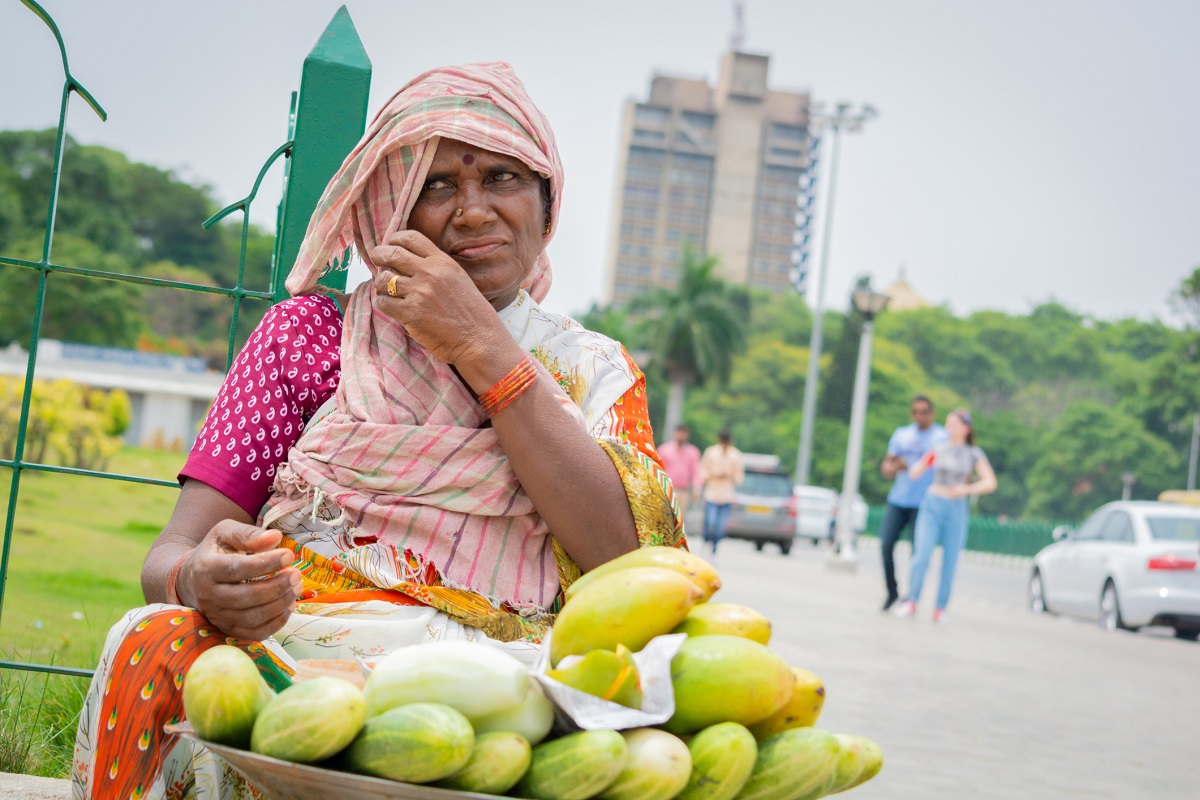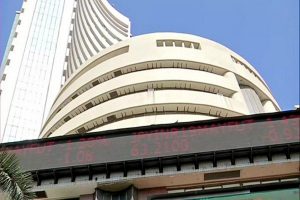Even as the monsoon has made its footfalls felt across the country, there seems to be little respite from the searing heat – aided by steep rises in humidity levels — in many pockets.
The heat waves lashing India this summer are symptomatic of the anomalous temperature trends that are expected to worsen with growing climate change impacts.
Advertisement
The Centre for Science and Environment (CSE) has revealed some key findings which states 2022 pre-monsoon summer heat trends overtake 2016 as the second hottest pre-monsoon season on record for India
As per the finding, the seasonal average air temperature for 2022 — pre-monsoon or summer (March, April and May as per IMD classification) — is 1.24°C warmer than the baseline trends that relate to 1971-2000 climatology.
“This is a very disturbing trend as policy preparedness to mitigate rising heat due to climate change is nearly absent in India. Without heat action plans, rising air temperature, radiating heat from land surfaces, concretisation, heat-trapping built structures, waste heat from industrial processes and air conditioners, and erosion of heat dousing forests, urban greens and waterbodies will worsen public health risks. This requires urgent time-bound mitigation,” says Anumita Roychowdhury, executive director, research and advocacy, CSE.
“Understanding the overall temperature anomaly, extreme heat conditions, and the mixed trends in heat patterns across different regions of India has become necessary to assess the emergent risk. Currently, the attention is largely on the maximum daily heat levels and extreme conditions of heat waves. But it is equally important to pay attention to the overall rising temperature and humidity trends in different regions to understand the gravity of the problem,” says Avikal Somvanshi, senior programme manager, Urban Lab, CSE.
The Urban Lab of CSE has analysed the temperature trends in India from January 2015 till May 2022. The effort has been to understand the warming trends by covering all three dimensions of heat stress — surface air temperature, land surface temperature, and relative humidity (heat index) — at the national, regional and local levels. The trends in the metropolises of Delhi, Mumbai, Kolkata and Hyderabad (one located in each of IMD’s four homogenous regions) have also been assessed.
It further revealed monsoon is hotter than the pre-monsoon period on an average, while winter and post-monsoon seasons are warming up faster.
At an all-India level, the monsoon season (June, July, August and September as per IMD classification) has been 0.3-0.4°C hotter than pre-monsoon (or summer) – what’s more, it is getting hotter with time.
Besides, this year, the observed average daily maximum temperature for March and April for states and Union territories in India’s northwest (Chandigarh, Delhi, Haryana, Himachal Pradesh, Jammu & Kashmir, Ladakh, Punjab, Rajasthan, Uttar Pradesh and Uttrakhand – as per IMD classification) has been almost 4°C above the normal (compared to its baseline of 1981-2010).
This is almost twice as much as the anomaly observed at all India level, and it holds true for even average daily minimum, daily mean and land surface temperatures. Temperatures became relatively closer to normal during the month of May.
Roychowdhury added, “In this climate-constrained world, heat stress is expected to worsen. This demands urgent action to adopt direct measures to mitigate heat across the region as well as the city to reduce public health risk and occupational exposure to heat, contain energy consumption due to increased demand for cooling, prevent damage to infrastructure, and ensure overall wellbeing of the masses exposed to high and extreme heat.”
She adds: “This will require strategic interventions to reduce heat island effects in cities by conserving and expanding urban greens/forests and waterbodies, adopt architectural design guidelines for the built environment to reduce heat load on built structures, and contain concretisation of surface areas. At the same time, emergency measures would be needed to respond to the extreme heat conditions during the heat waves.”











